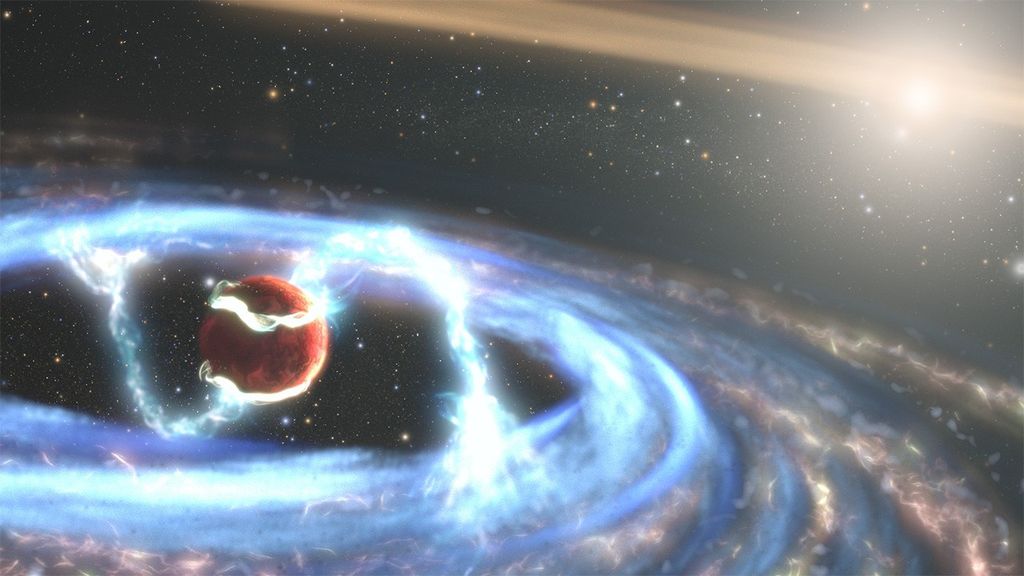NASA’s Laser Communications Relay Demonstration (LCRD) mission has successfully completed a Mission Concept Review, a major evaluation milestone of the engineering plan to execute the build and launch of a space communications laser system. The LCRD payload is scheduled for launch onboard a Loral commercial satellite in 2017.
The two-day review was convened at the Goddard Space Flight Center in Greenbelt, Md. Goddard’s Systems Review Team consisted of members from various technical disciplines to evaluate the Goddard work needed for a successful LCRD mission. “The board concluded that the LCRD concept review was a resounding success,” said Jesse Leitner, co-chair of the review board. “They met all review success criteria and the LCRD team is ready to proceed to the next design review.”
The LCRD project is NASA’s first long duration optical communications mission. The Goddard team leads the project with significant support from MIT Lincoln Laboratory, NASA’s Jet Propulsion Laboratory, and Space Systems/Loral.
Space laser communications technology has the potential to provide 10 to 100 times higher data rates than traditional radio frequency systems for the same mass and power. Alternatively, numerous NASA studies have shown that a laser communications system will use less mass and power than a radio frequency system for the same data rate. “The team was very focused to insure we had addressed every concern about the technological ability to do this mission,” said Michael Weiss, project manager for LCRD. “We are most excited that the review board agreed that we are ready to proceed with preliminary mission design activities.”
Earlier this year NASA awarded Space System/Loral of Palo Alto, Calif., a three million dollar contract to initiate the process of hosting the LCRD mission on a Loral commercial satellite. The agreement marked the first time NASA has contracted to fly a payload on an American-manufactured commercial communications satellite.
When launched, NASA’s technology demonstration payload will be positioned above the equator, a prime location for line-of-sight to other orbiting satellites and ground stations. Positioning LCRD aboard the commercial communication satellite platform is a cost effective approach to place LCRD in orbit. The Loral satellite will provide the right location, space availability, and power systems needed to conduct the space laser communications tests.
The LCRD project is part of the agency’s Technology Demonstrations Missions Program, which is working to develop crosscutting technology capable of operating in the harsh environment of space. The primary objective is to bridge the technology gap by developing system-level space technologies through flight readiness testing and demonstration missions in space.
The LCRD mission is one of several crosscutting flight demonstrations NASA selected for development in 2011. LCRD has the potential to provide tangible, near-term results that could provide NASA greater capabilities for future space operations or missions. By investing today in high payoff technology currently unavailable, NASA is paving a cost effective path to needed technologies for future government and commercial space activities.
For more information about NASA’s Space Technology Program, visit:
https://www.nasa.gov/tdm
For more information about NASA’s Laser Communications Relay Demonstration mission, visit:
https://lcrd.gsfc.nasa.gov

























